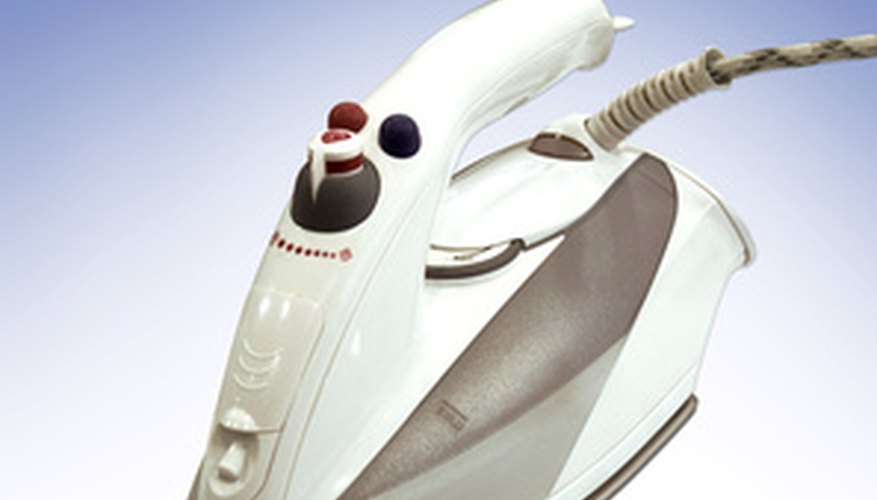When your document, paperwork or picture is placed in a laminating pouch and run through a laminating machine, the document is covered on both sides by a thin coat of transparent plastic. This protects flimsy documents from ripping and other wear and tear, as well as adding a small degree of waterproofing. However, if you don't have a laminating machine or access to one, an iron can be used to seal the laminate pouch and protect your item.
Select the size of laminating pouch closest to the size of the piece of paper you are laminating.
Slide your document or card into the laminate pouch. The pouch is the same on both the front and back, so it makes no difference which way you slide your document into the pouch.
- When your document, paperwork or picture is placed in a laminating pouch and run through a laminating machine, the document is covered on both sides by a thin coat of transparent plastic.
- The pouch is the same on both the front and back, so it makes no difference which way you slide your document into the pouch.
Heat your iron to its lowest setting. Place a piece of cardboard over the laminating pouch containing your document.
Iron the cardboard in a side-to-side motion, making sure to cover the entire surface at least two or three times. Lift up the cardboard to check on the document. If the laminate pouch is not sealed or looks cloudy, change the iron to a higher setting. Repeat this step until you find a setting that seals the pouch. Do not start out at a high setting, because you don't want to accidentally melt the laminate pouch or burn the document. It's best to start at a low heat setting and adjust to a higher temperature if necessary.
- Iron the cardboard in a side-to-side motion, making sure to cover the entire surface at least two or three times.
- Repeat this step until you find a setting that seals the pouch.
Trim away any excess laminate surrounding the paper using scissors.
WARNING
Be careful not to burn yourself when working with a hot iron.
